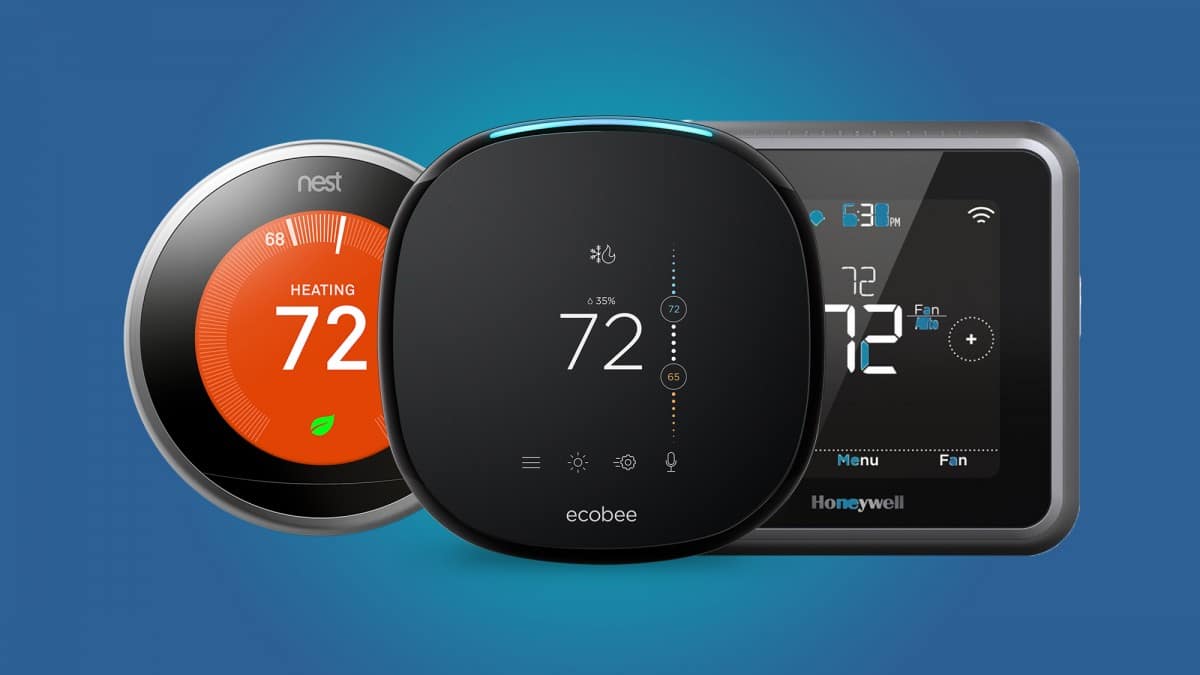There are plenty of really useful smart home devices, but a smart thermostat is not one of them. Do not get me wrong. I am one of those people who loves having all kinds of technological gadgets around the house, even if they are not necessary or useful. I have smart lights, a video bell, security cameras, sensors on the doors and yes even a smart thermostat. But of all this, my smart thermostat is perhaps the only smart home device that doesn’t really need to be “smart”.
Thermostats are pretty simple devices, and they are made so that we don’t have to constantly fiddle with them. Most “stupid” thermostats are programmable these days, which means you can literally set it and forget it – nothing else is needed.
A thermostat is a tool that allows you to keep the room temperature at a specific temperature. Contrary to what one might think, a thermostat not only aims to regulate the temperature of one’s home but can also handle the heat of many other things, such as a car engine.
A smart thermostat is therefore a thermostat that can analyze situations, anticipate and even react in the user’s interest.
What can a smart thermostat do that a conventional one cannot?
The answer varies from one brand or product to another. Different types of intelligent thermostats are available, in particular, those that are fixed directly to your radiator. This allows you to manually adjust the temperature from the app or by voice using an intelligent assistant like Google Assistant, Amazon Alexa or Siri. You can use it to get information about the temperature or to change it by saying phrases like “it’s a bit cold here”.
Of course, all smart home brands highlight the savings the user can get with their product. By adjusting the room to an optimal temperature, neither too hot nor too cold, there is no waste of energy. And let’s face it, the demonstrations on the IFA stands are quite surprising and make you want to buy it.
Do I really need a smart thermostat?
On the surface, smart thermostats seem to have some really interesting features. Geofencing, for example, regulates the temperature based on whether you are at home or not, possibly saving a lot of money on your bill without you having to get your hands on it.
But people are creatures of habit. We tend to get up at the same time every morning, we go to work at the same time, we return home from work “almost” at the same time, we go to bed at the same time.
At this point, geofencing is not very different from setting up a simple time-based program of a traditional programmable thermostat.
Like all technologies, there are users who will use it by necessity or interest, and others who will use it because it is a novelty (or under the influence of advertising). The preceding paragraphs should have helped you decide whether you really need it or not.
Simplicity, smartphone control, and voice control- these are the keywords. Furthermore, these connected objects are not cheap.

